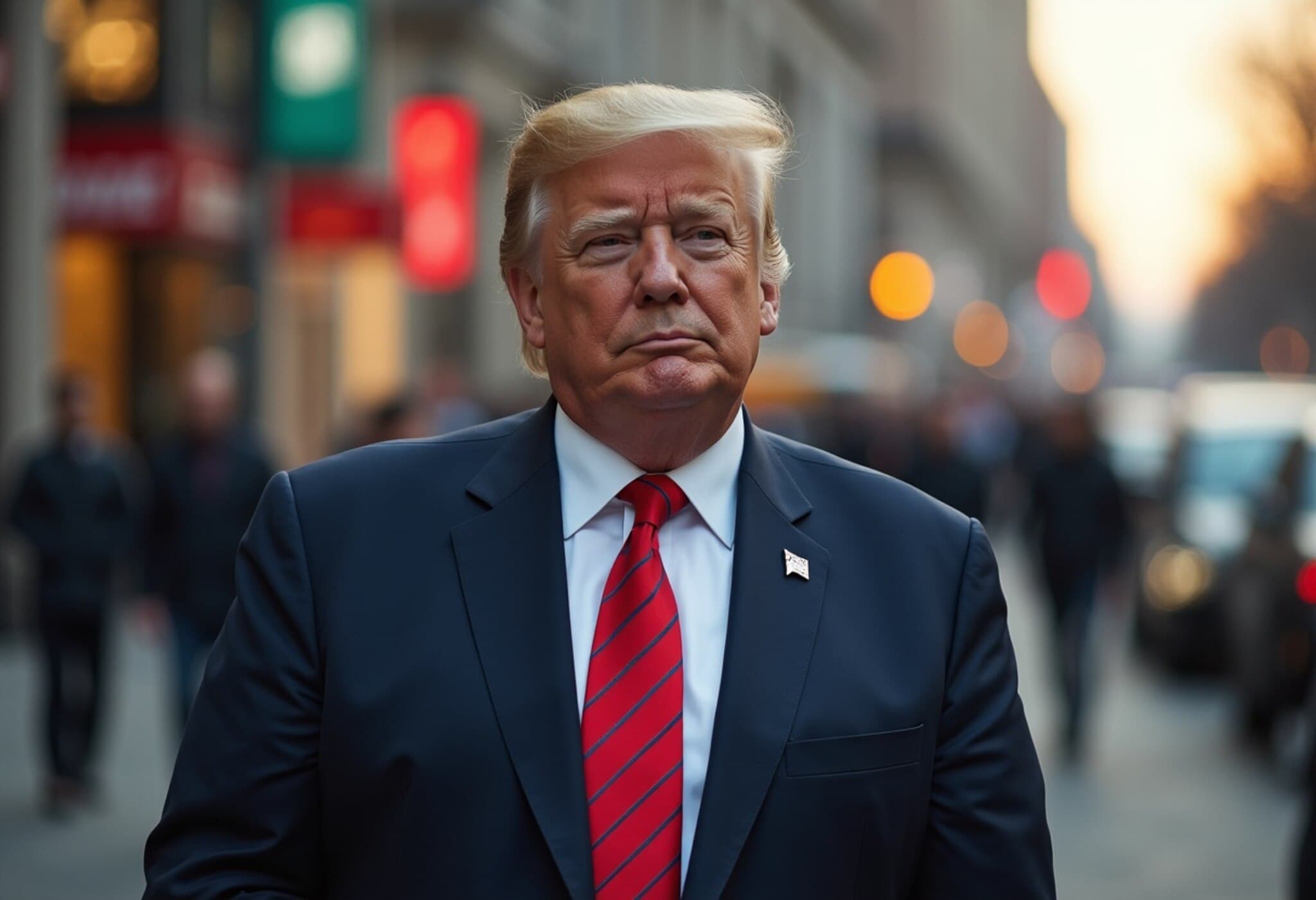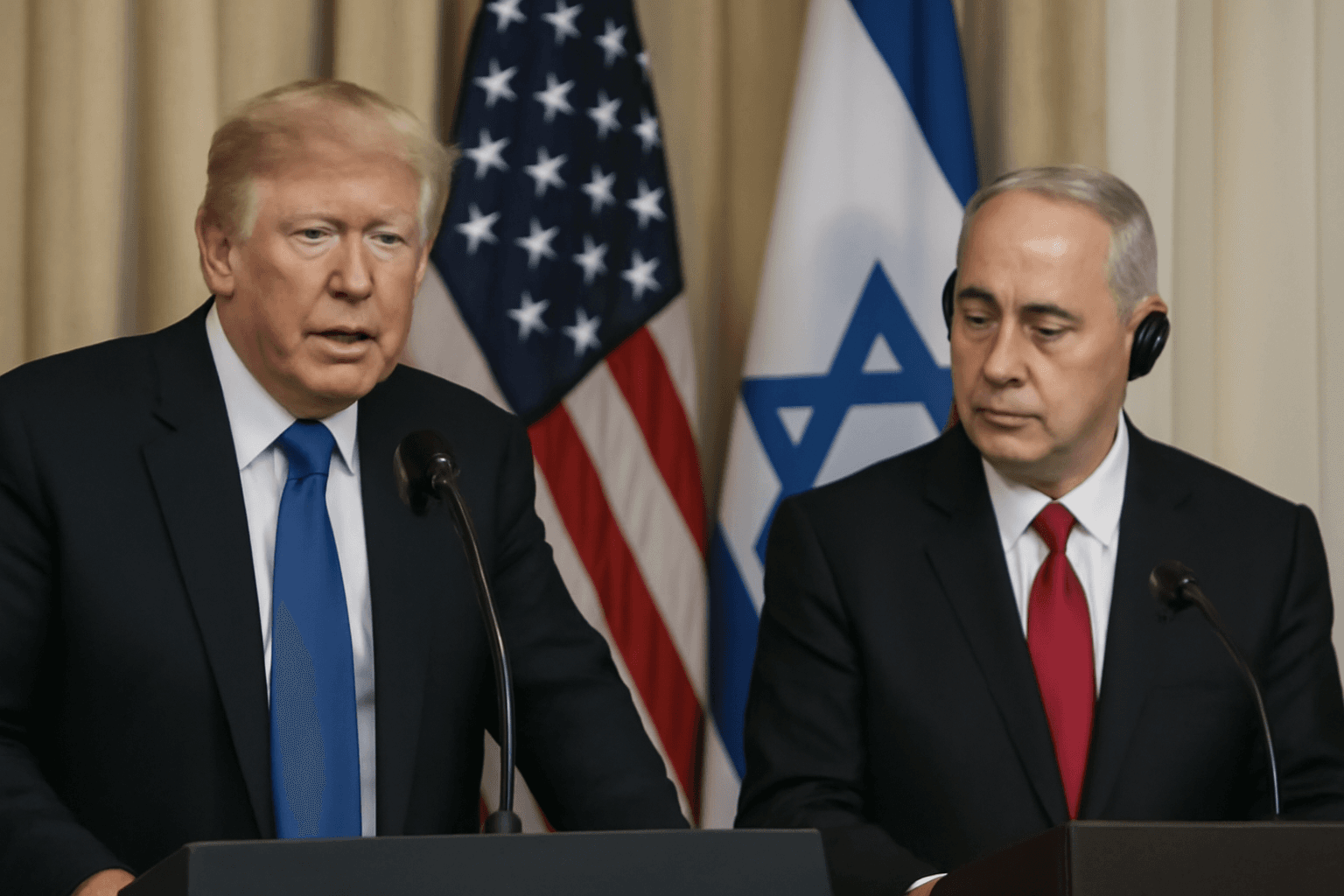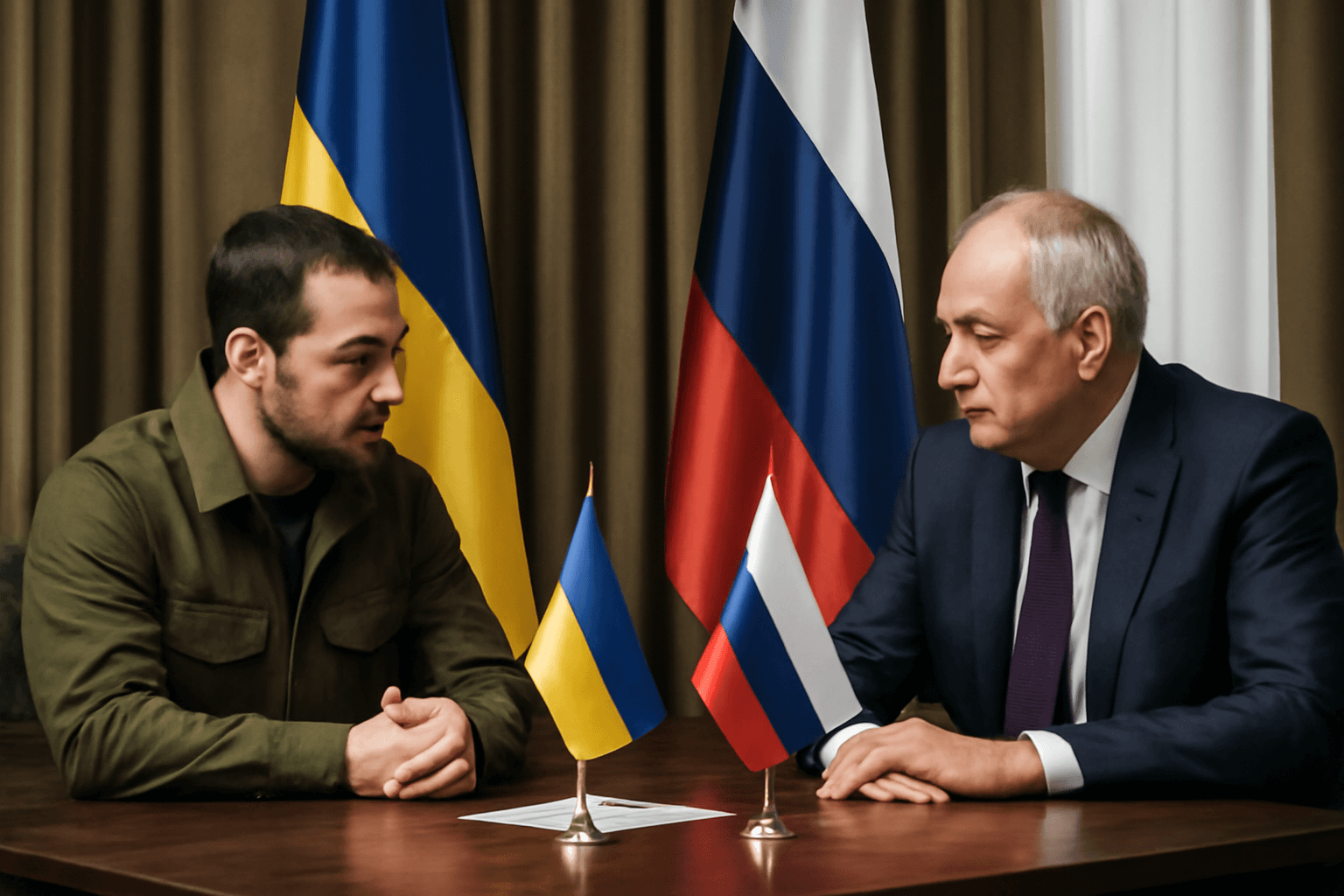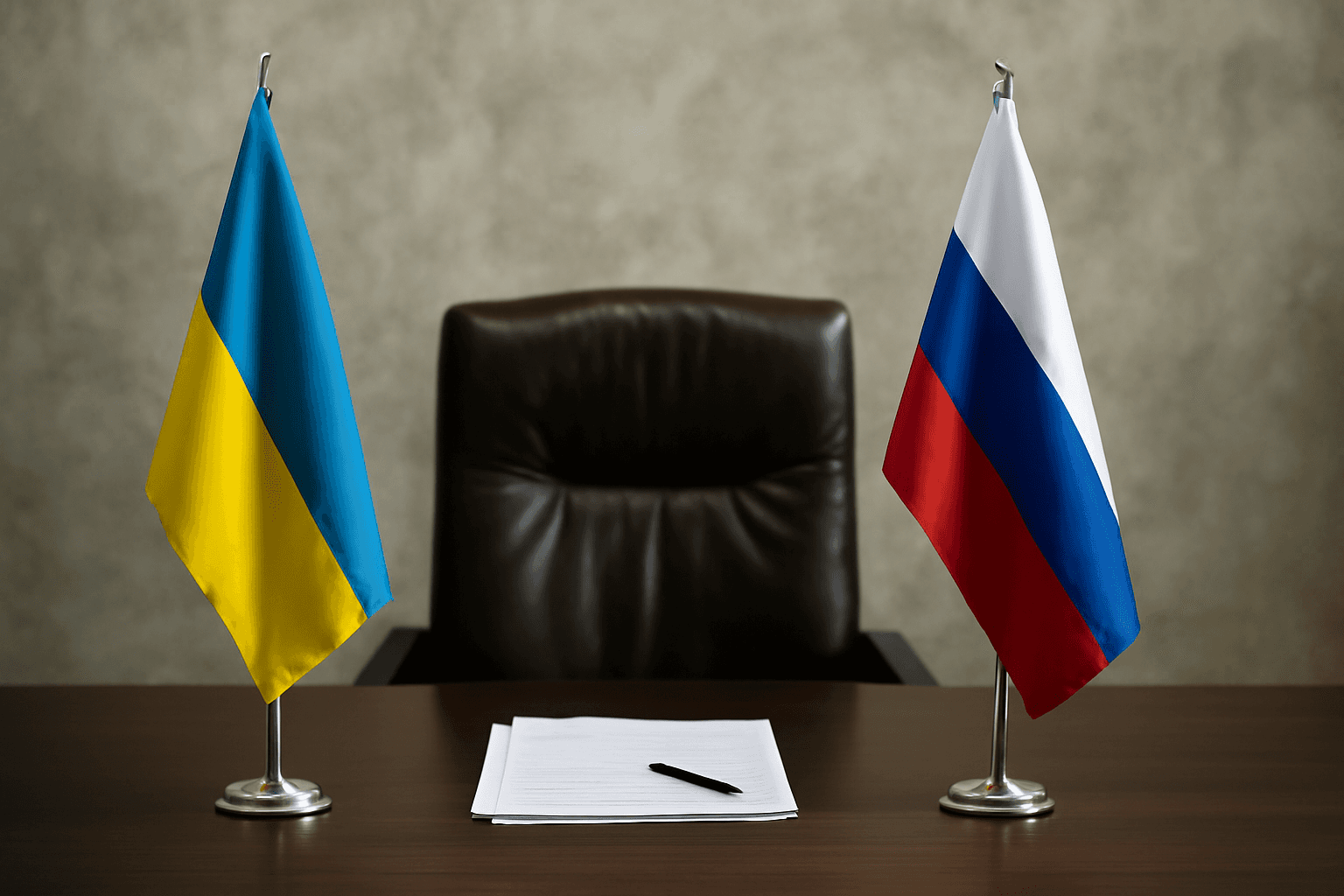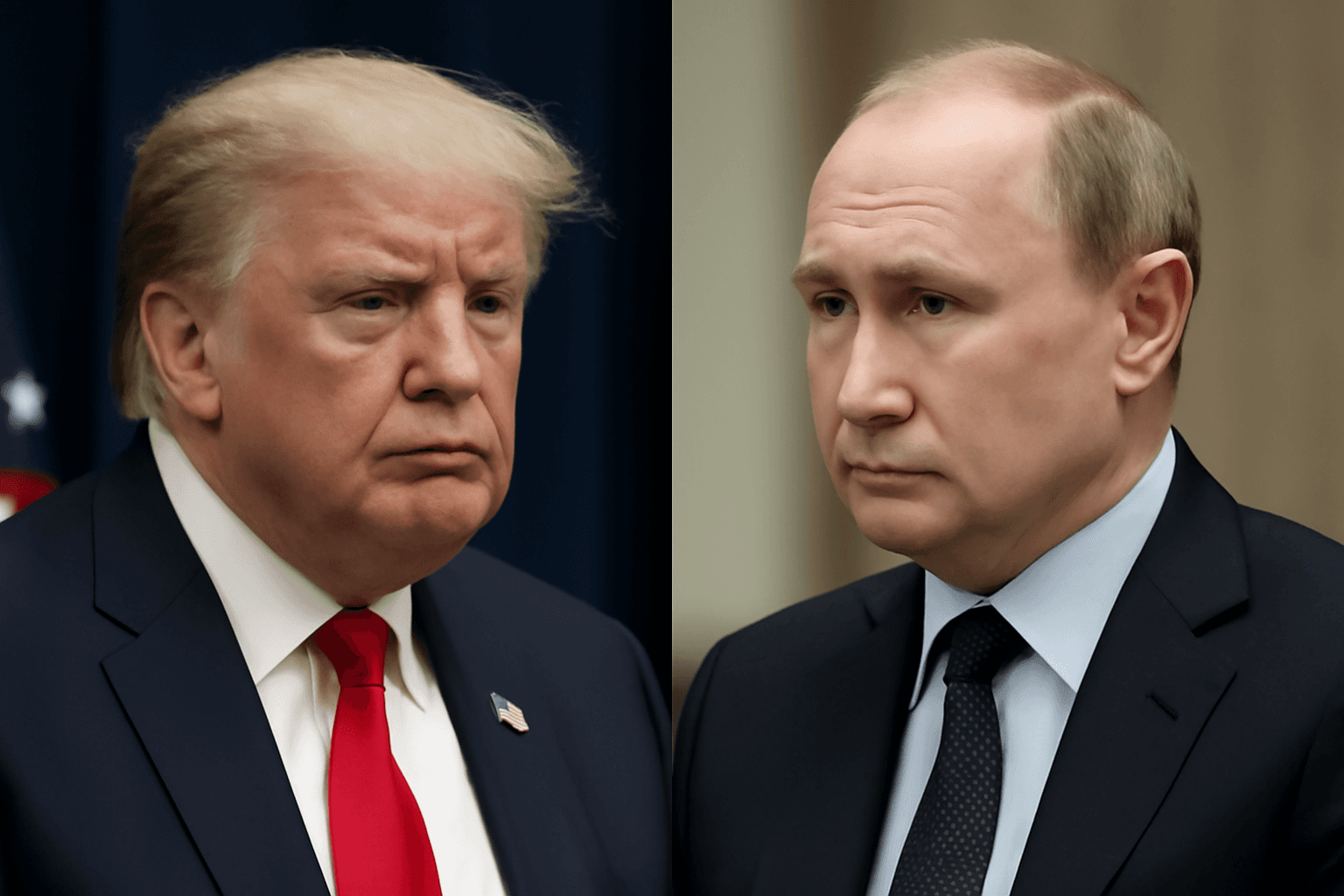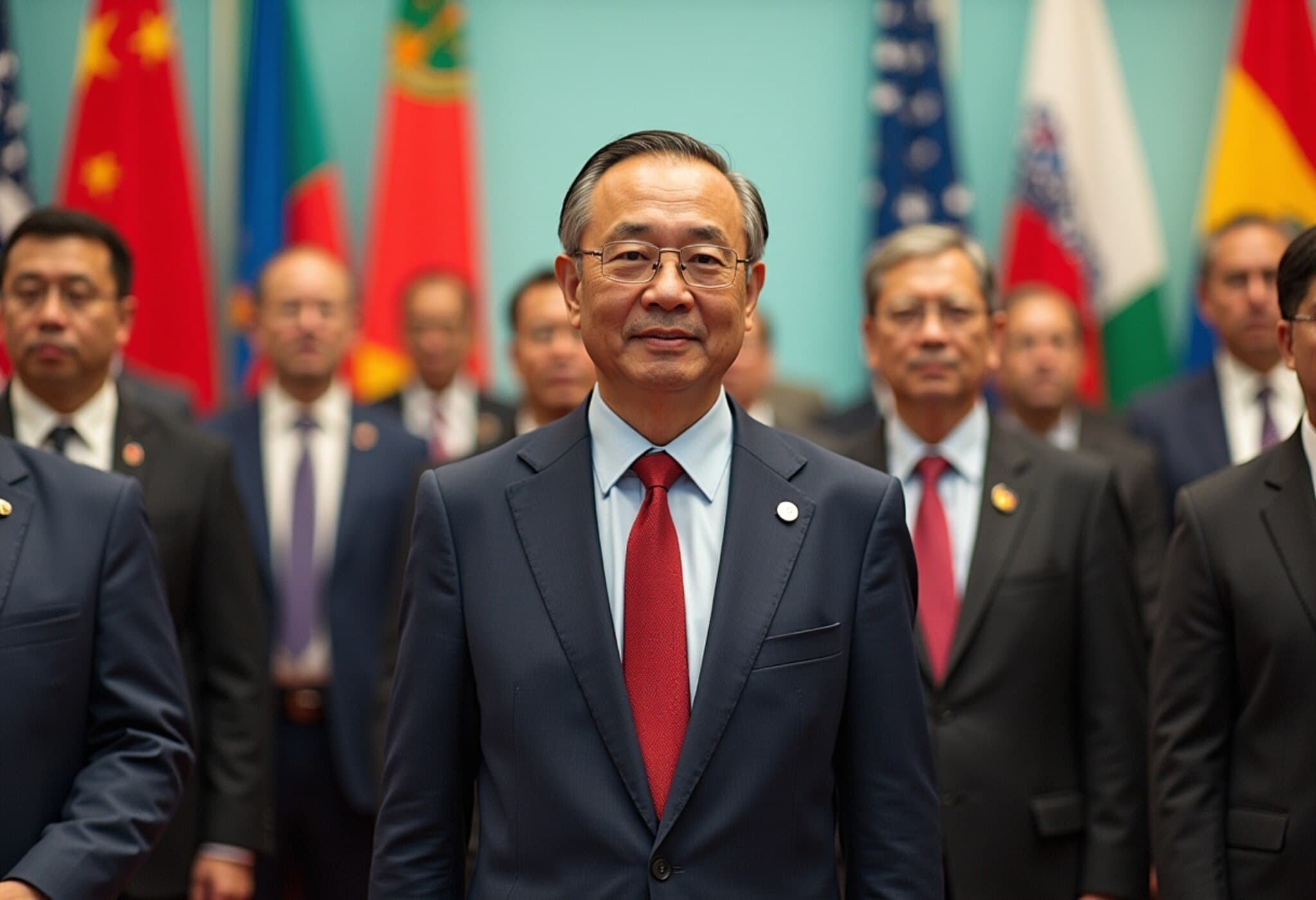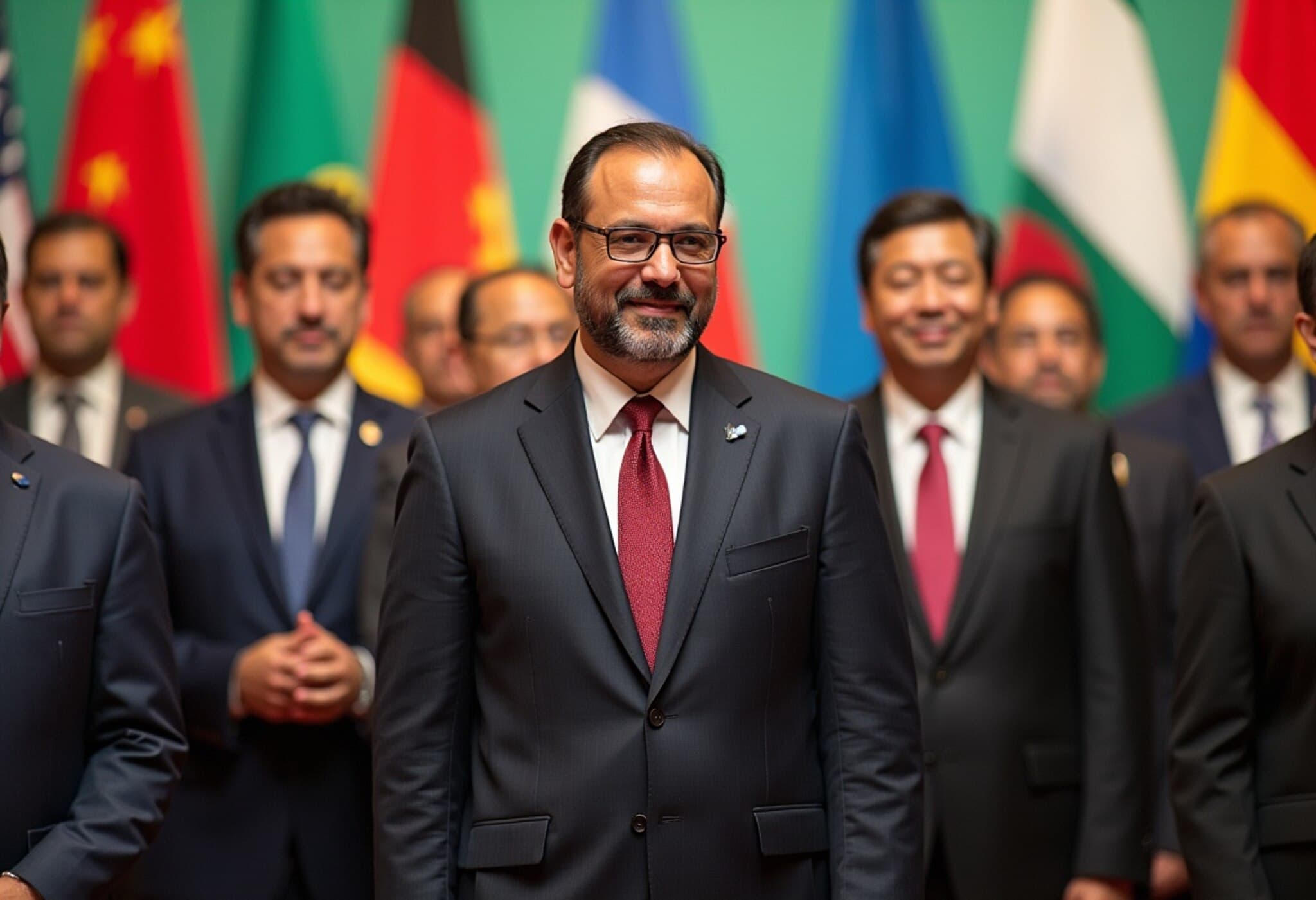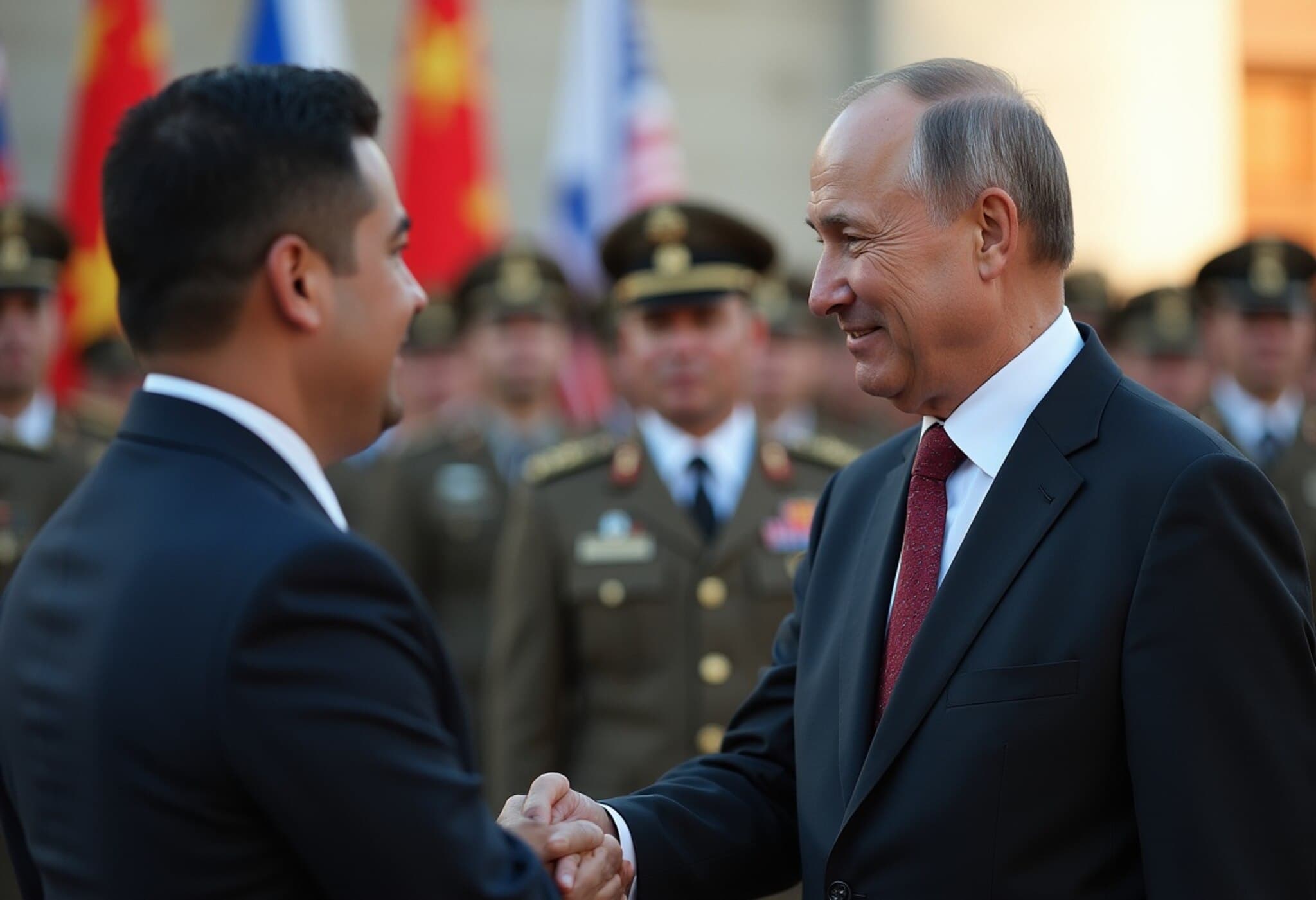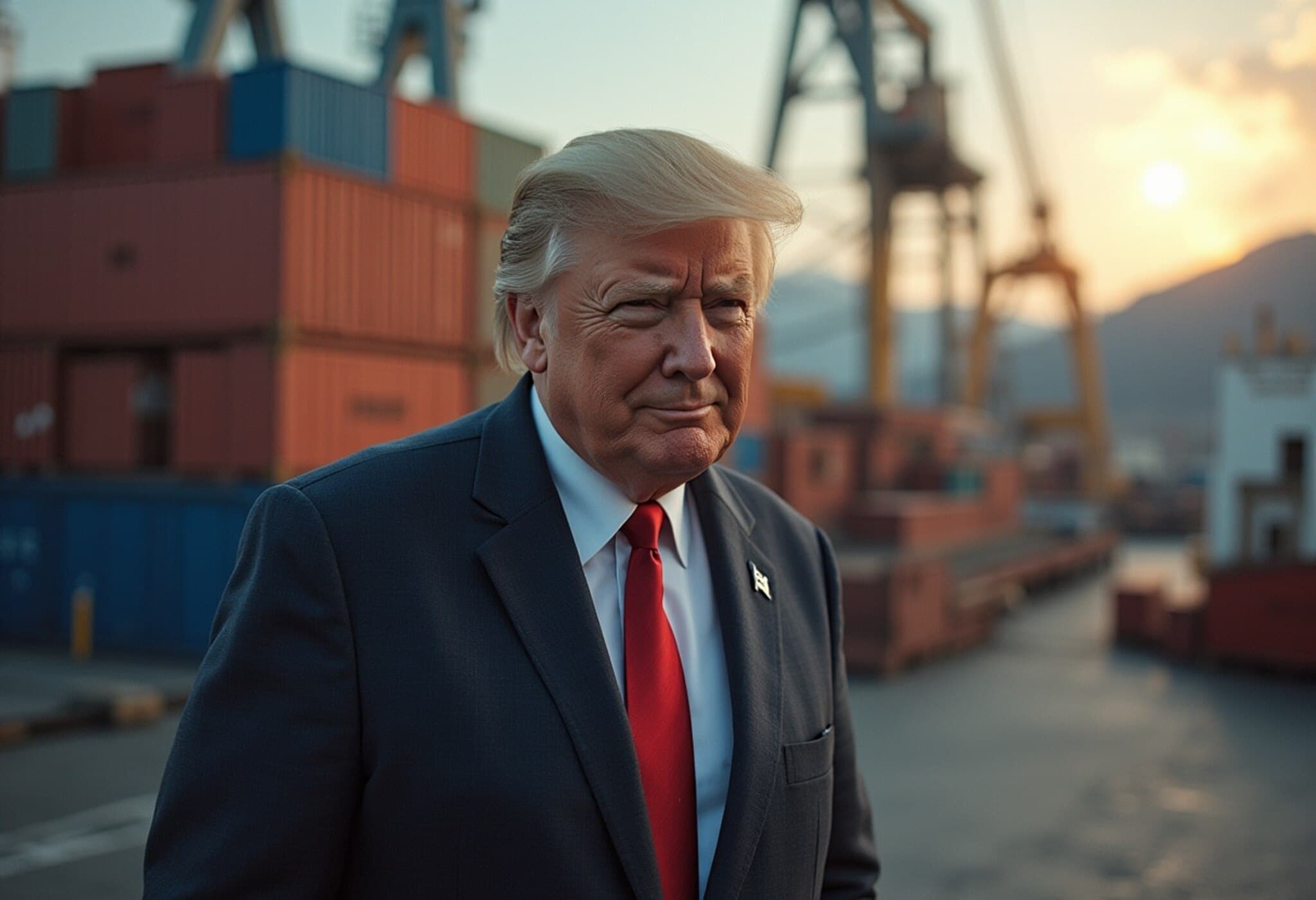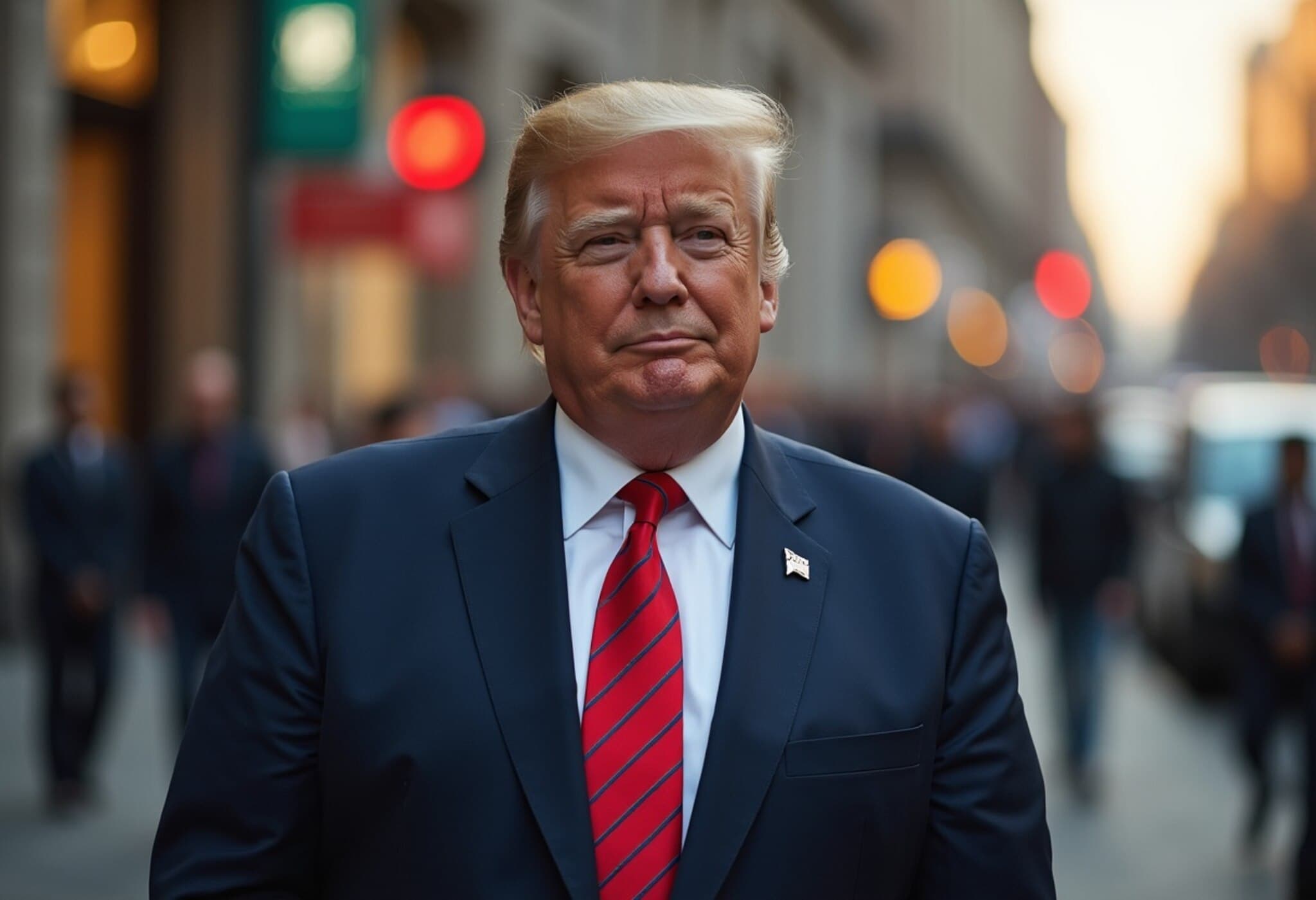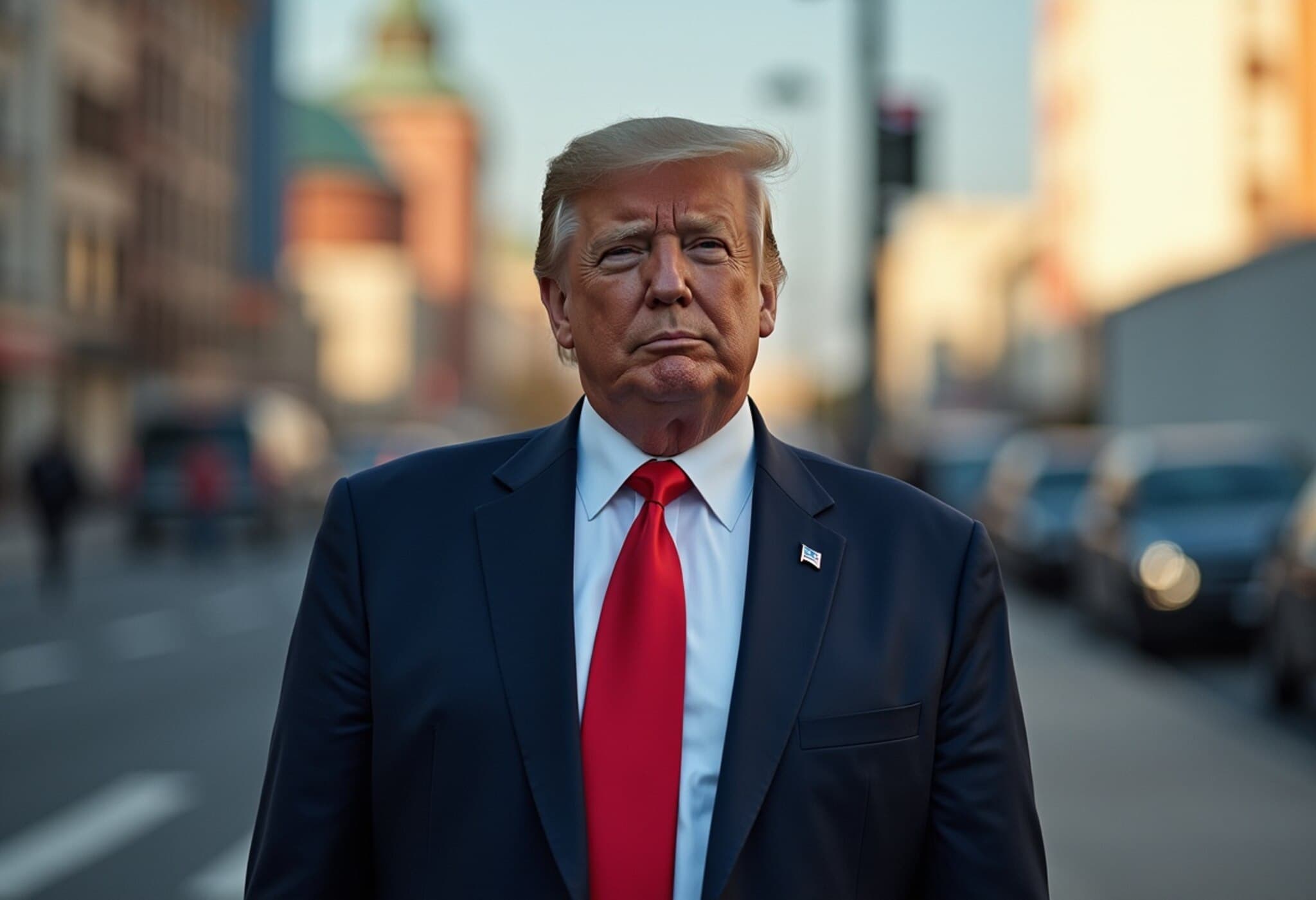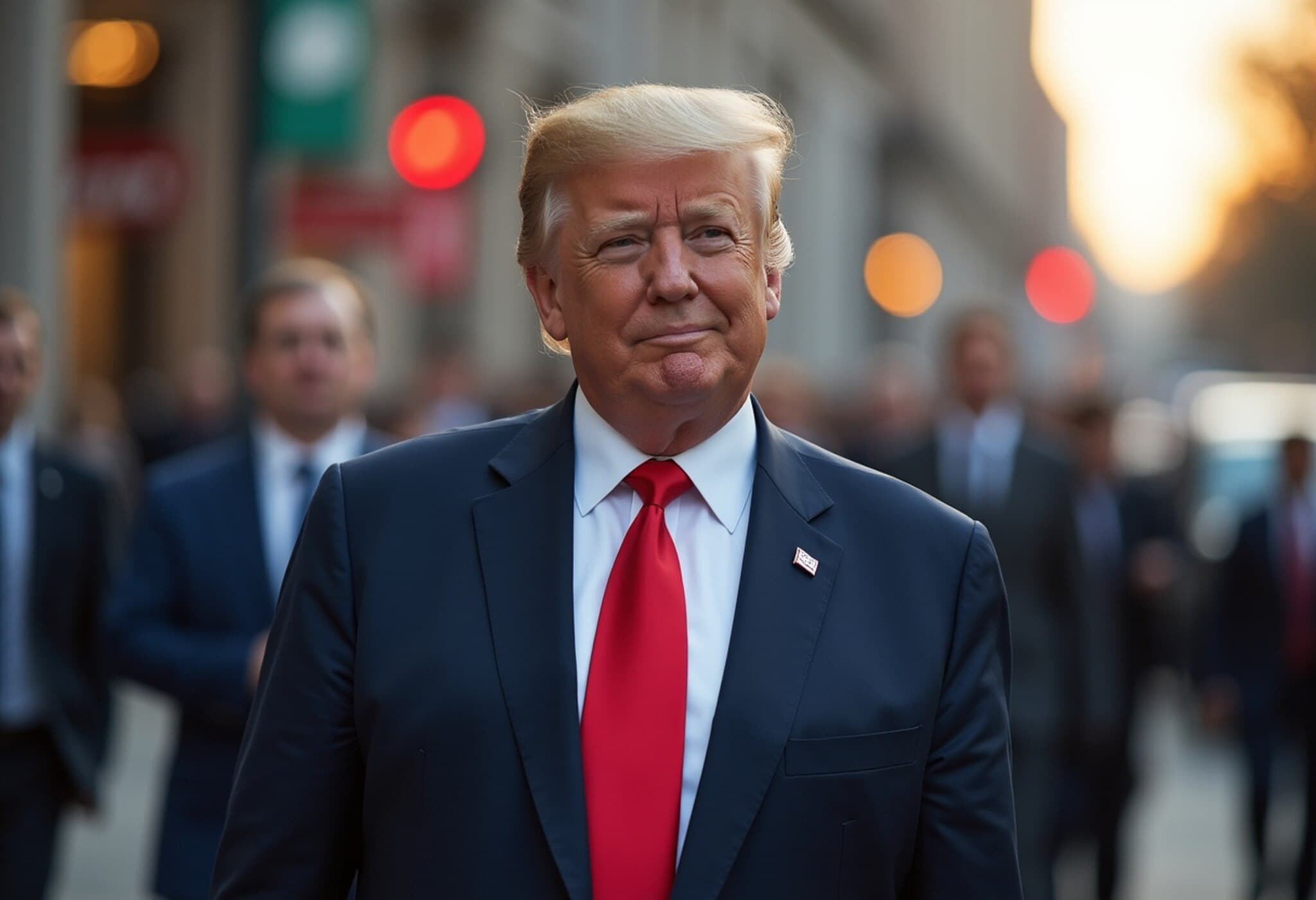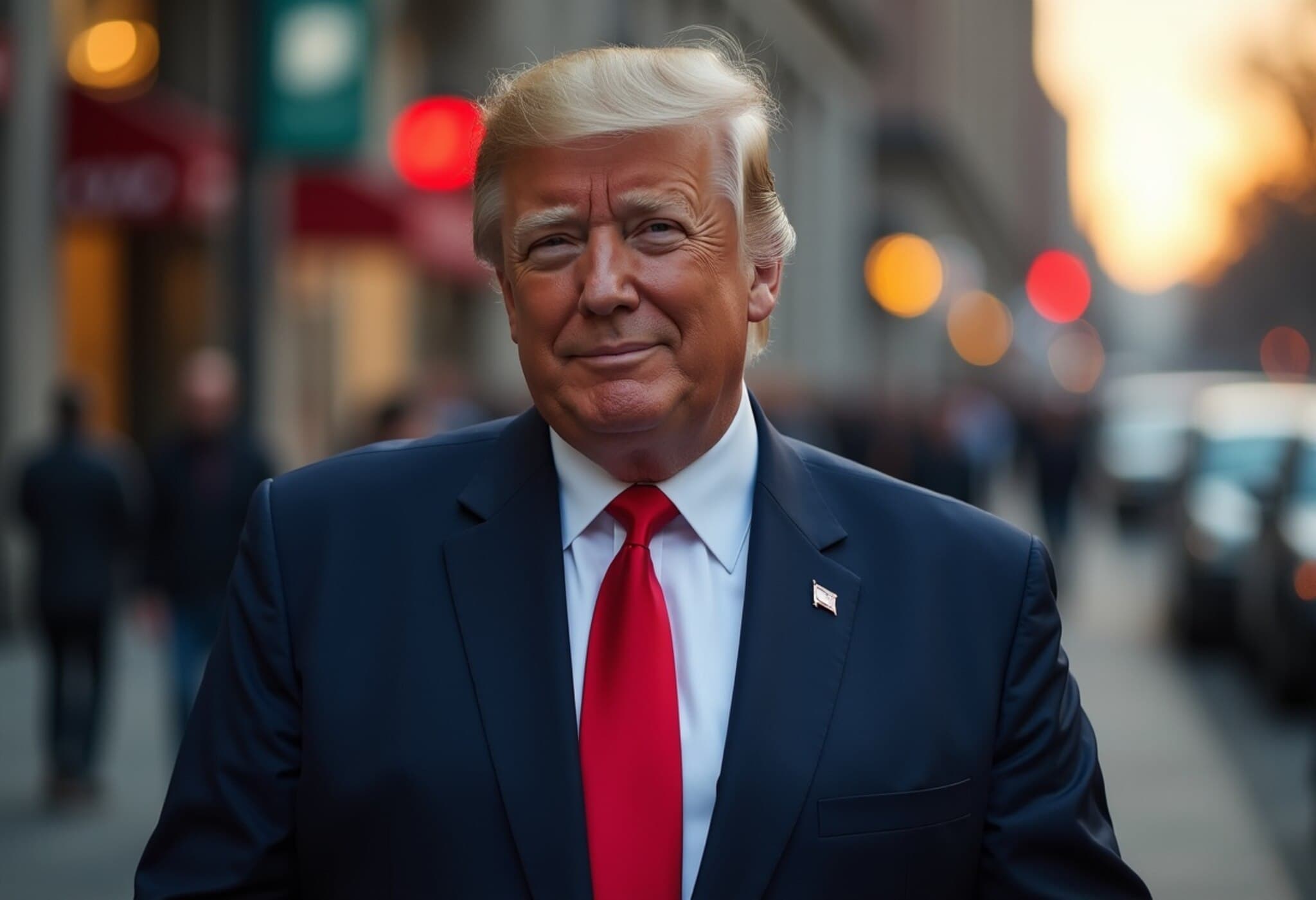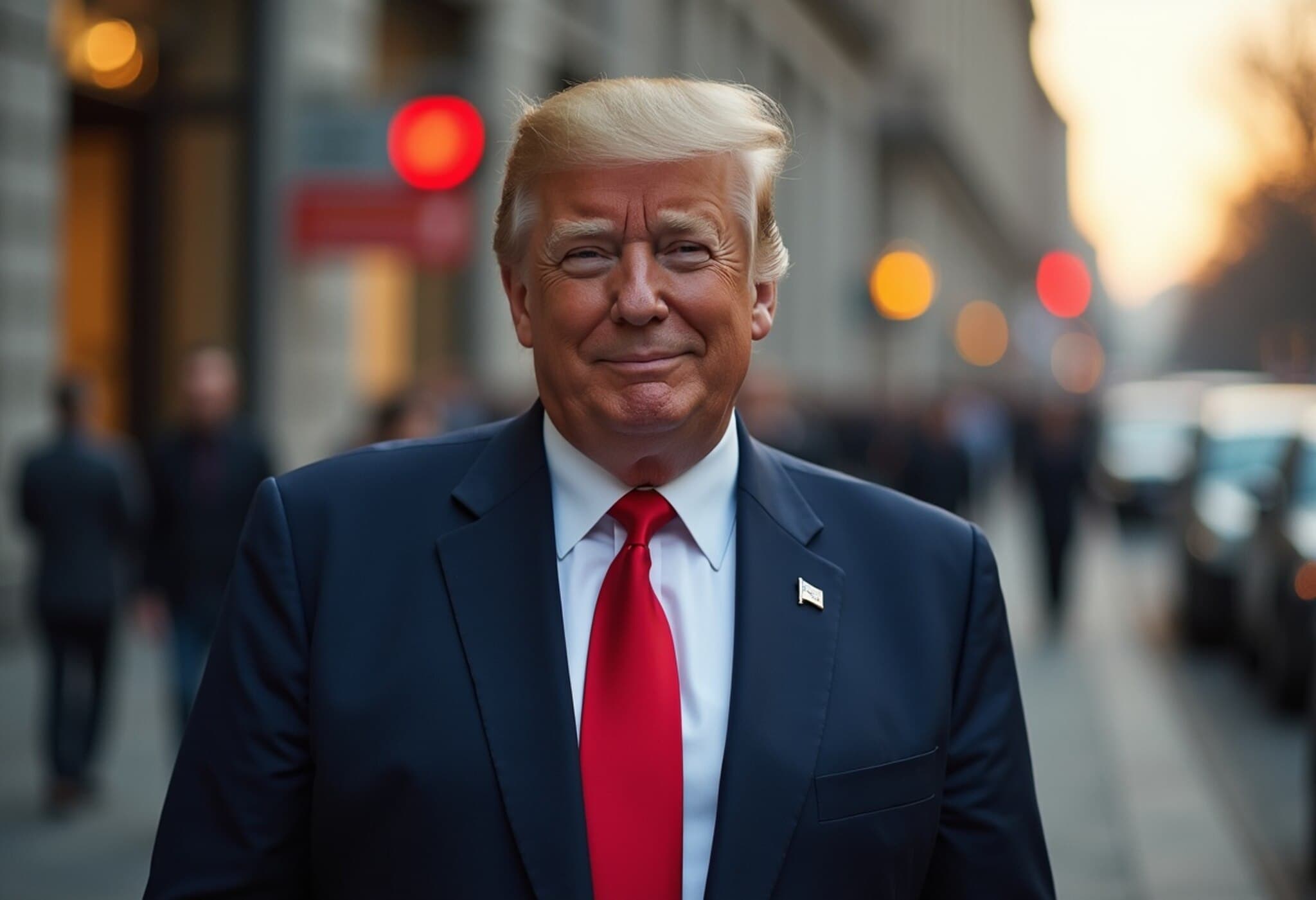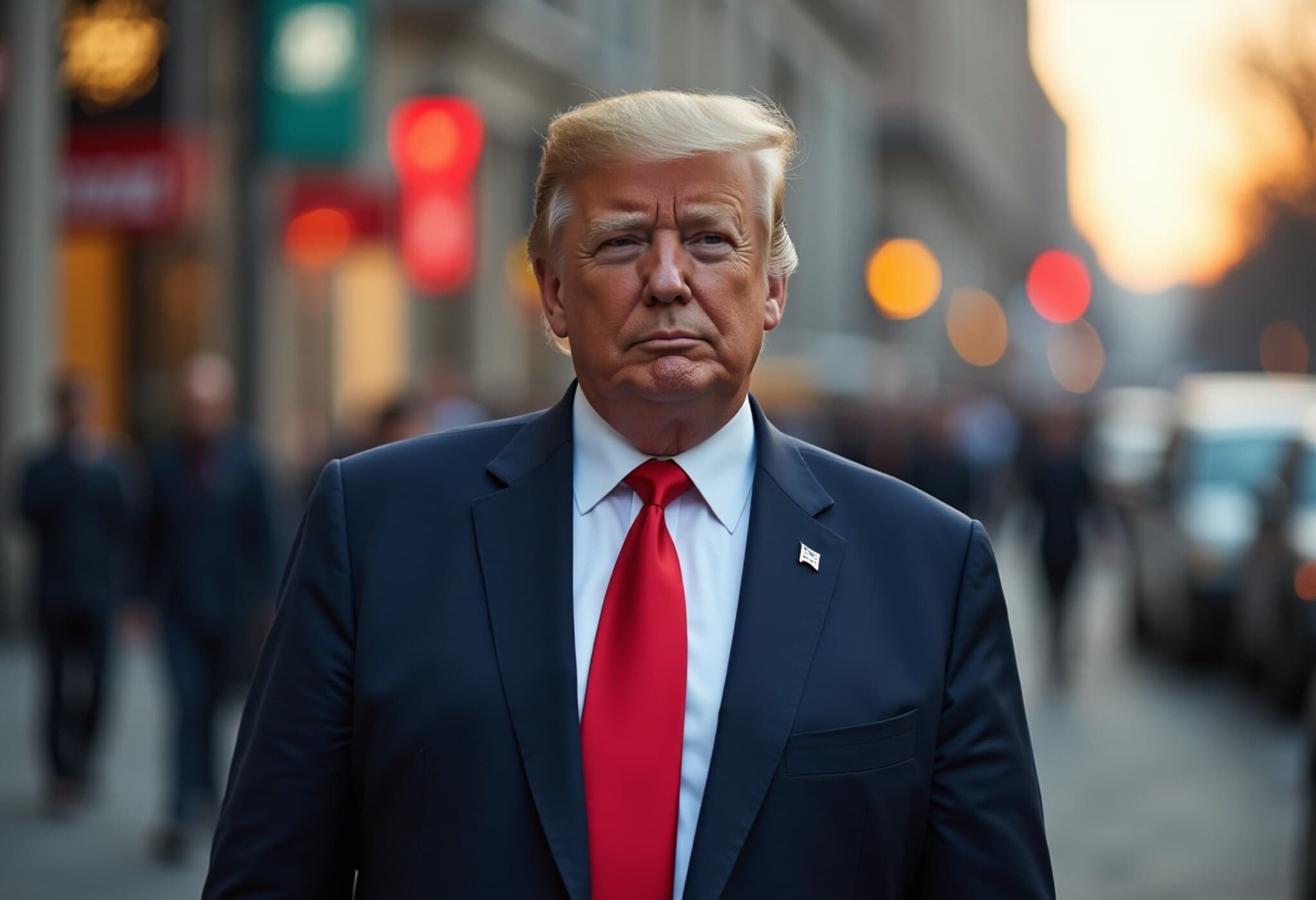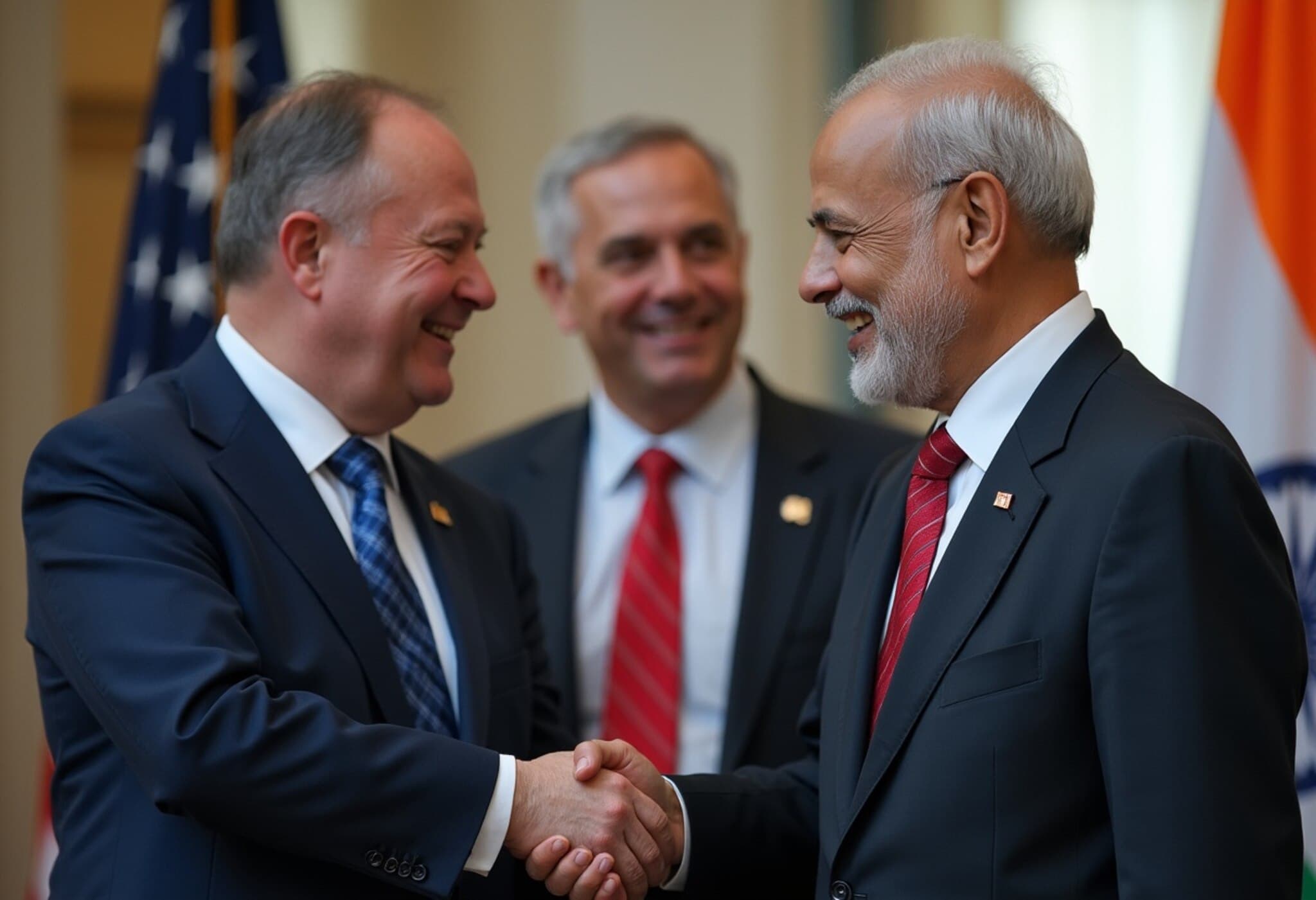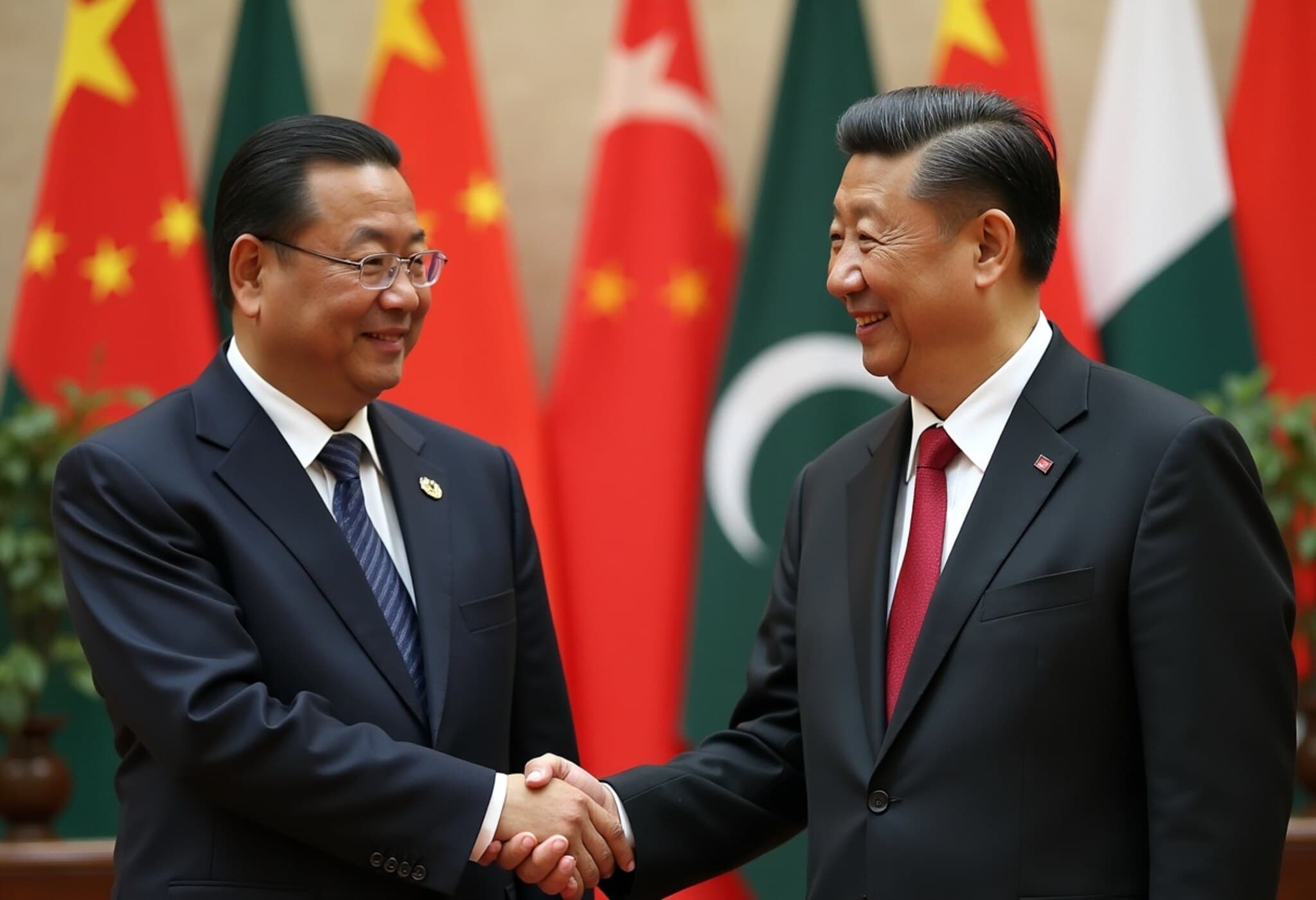US Tariffs on India: Navigating a Complex Geopolitical Landscape
In a recent development that has raised eyebrows across diplomatic corridors, Peter Navarro, former trade advisor to then-President Donald Trump, launched a sharp critique aimed at India’s role in purchasing Russian oil. Navarro accused India of running a "profiteering scheme" by importing discounted Russian crude and refining it for resale, effectively fueling Russia’s war efforts. However, this narrative oversimplifies a far more complicated reality and overlooks key players such as China and other nations whose actions arguably sustain Russia’s war machine more directly.
The Discrepancy: Why Target India?
India’s energy needs and geopolitical strategies are undeniably complex. Since Russia’s invasion of Ukraine in February 2022, India’s imports of Russian oil have surged from less than 1% to approximately 35% of its crude supplies. While Navarro and others in the US administration interpret this as opportunistic profiteering, experts argue this interpretation ignores larger economic and strategic factors. Crucially, despite being the world’s largest buyer of discounted Russian oil, China has not faced comparable US tariffs or criticism.
1. China Leads Russian Oil Purchases, Not India
Recent trade statistics reveal that China accounts for a significant 47% of Russian oil imports, overshadowing India’s share. Furthermore, countries like the United Arab Emirates serve as critical hubs facilitating the global transfer and blending of Russian crude, yet they remain outside the punitive measures imposed by Washington. The irony is stark: the US punishes India, a strategic partner, while overlooking China’s far larger role in sustaining Russia economically.
2. Identical Actions, Unequal Treatment
Senior US officials acknowledge that both India and China refine Russian crude into products sold globally. Treasury Secretary Scott Bessent accused India of making $16 billion in “excess profits” by reselling Russian-origin products. Yet Senator Marco Rubio admitted China undertakes the same refining process and sells those products internationally. Rubio noted China’s activities have not triggered tariffs, perhaps reflecting Washington’s complex and often contradictory policy calculus. Such uneven treatment undermines US credibility and risks alienating India at a pivotal geopolitical juncture.
3. China, Iran, and North Korea: The Real Drivers of Russia’s War Capabilities
The bigger picture highlights China’s multifaceted support to Russia beyond oil purchases: supplying dual-use technology, manufacturing equipment, drones, and critical military materials, effectively shoring up Russia’s industrial and military capabilities amid Western sanctions. Iran provides combat drones, while North Korea reportedly sends troops, artillery, and missiles. India’s role, in contrast, primarily involves commercial oil purchases without direct military linkage. This asymmetry challenges the narrative that India is a key enabler of Russian aggression.
Expert Analysis: The Geopolitical Stakes for the US and India
The Trump administration’s approach reflects a broader oscillation in US-India relations, where economic interests, strategic partnerships, and global realpolitik collide. Targeting India risks undermining decades of progress in deepening bilateral ties, especially as India navigates its own energy security amidst a volatile global market. The apparent inconsistency in US tariff policies raises critical questions about whether these are driven by coherent strategic objectives or domestic political narratives.
Looking Forward: Navigating Nuance in International Trade and Diplomacy
As global energy markets realign following Russia’s invasion of Ukraine, no country operates in isolation. The US must balance its sanctions regime and trade policies to reflect not just punitive intentions but strategic partnerships vital for maintaining a multipolar balance of power. Misplaced tariffs on India risk pushing a democratic country closer to alternative global actors, including China, potentially counteracting US influence in the Indo-Pacific.
Summary: 3 Key Takeaways
- China remains the dominant buyer and enabler of Russian oil exports, yet faces no similar US tariffs.
- The US administration has applied unequal standards for comparable refining and resale activities between India and China.
- China, Iran, and North Korea provide critical military support to Russia, challenging the unfair singling out of India.
Editor’s Note
This episode lays bare the complexities and contradictions within US foreign and trade policies as they intersect with global energy security and geopolitical alliances. It compels us to ask: Are punitive trade measures genuinely strategic or a reflection of inconsistent diplomacy? For the US, recalibrating its stance towards India could be pivotal in sustaining a robust partnership essential for regional stability and countering adversarial influences in a shifting global order.

